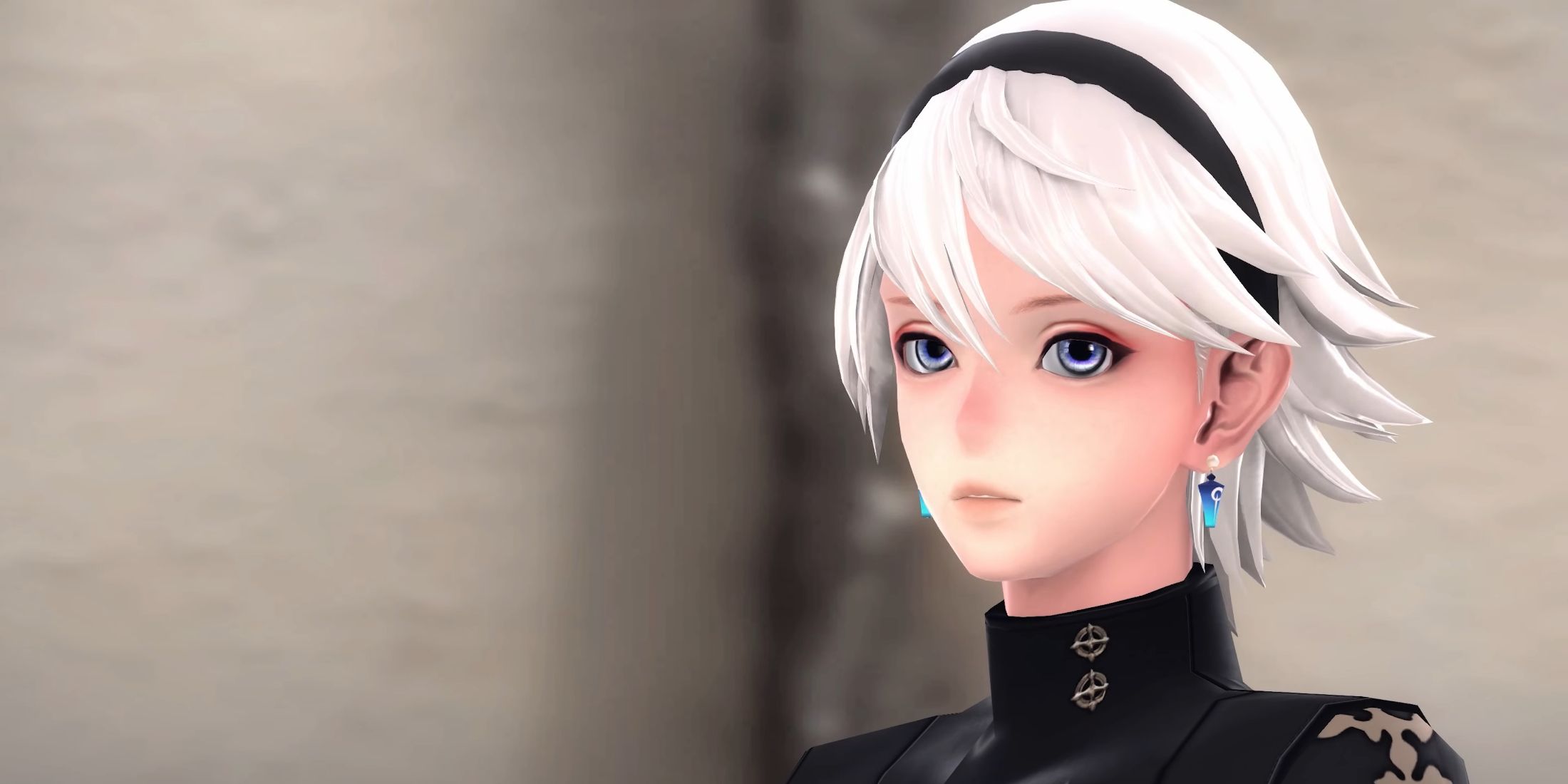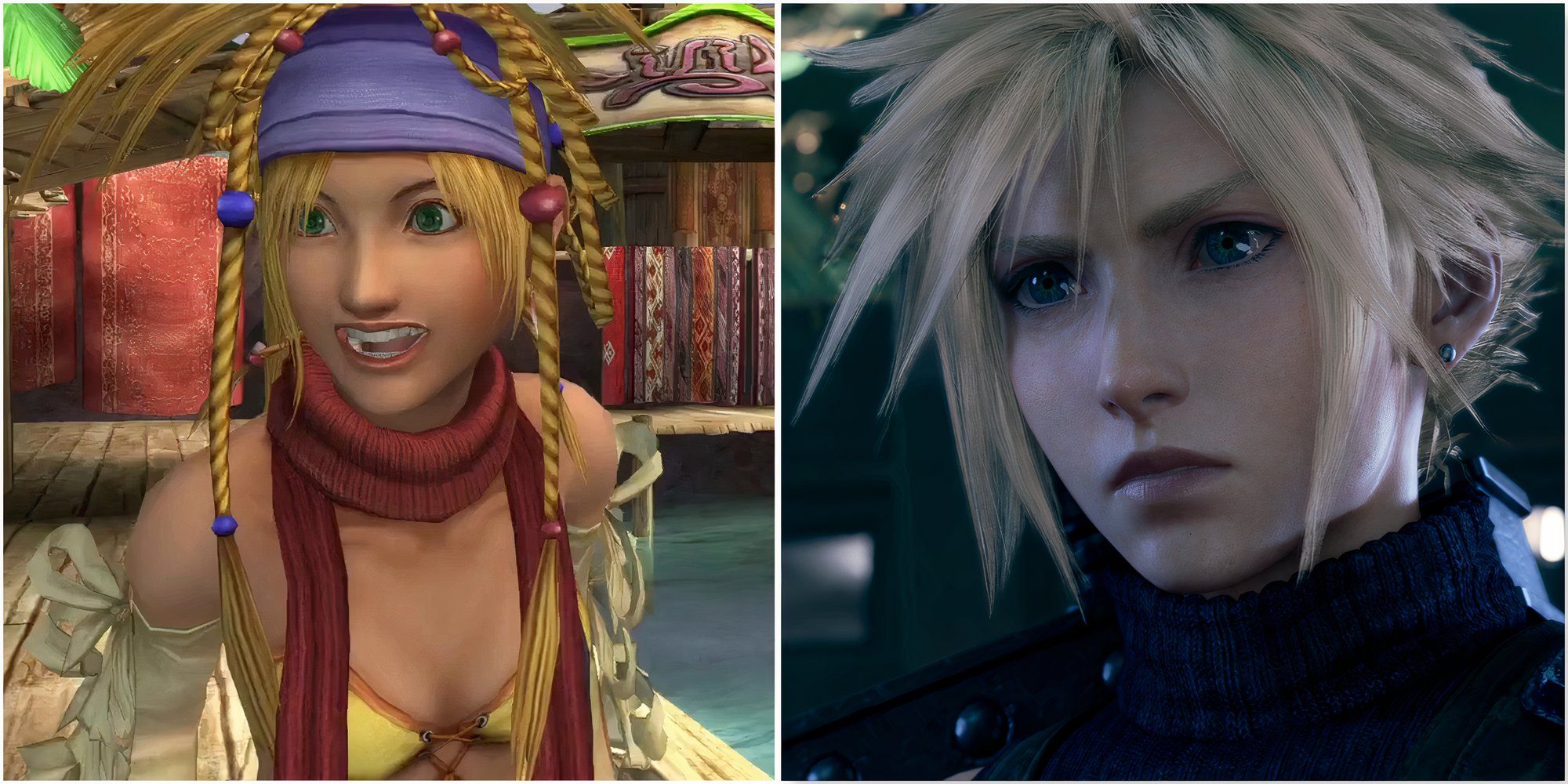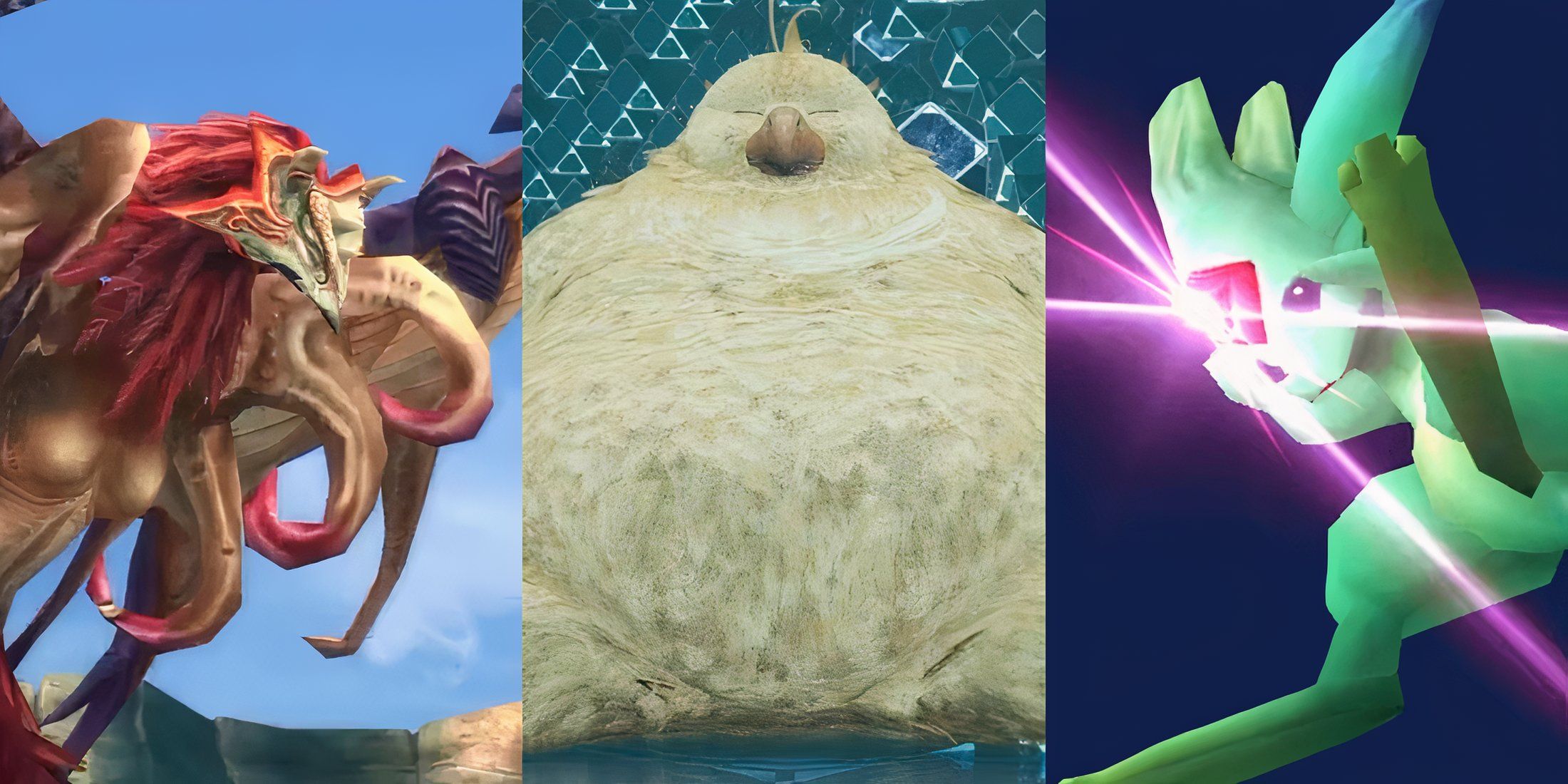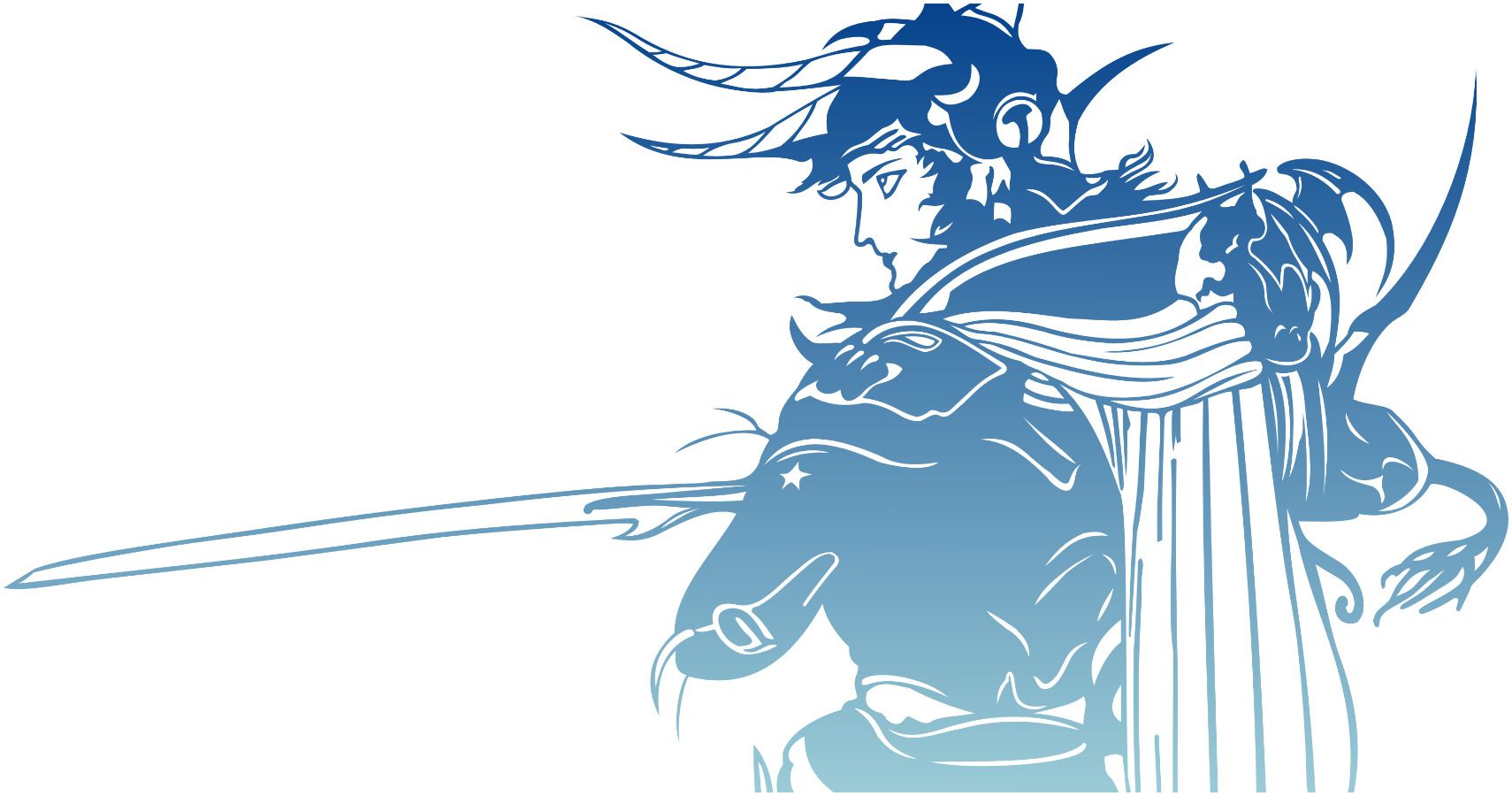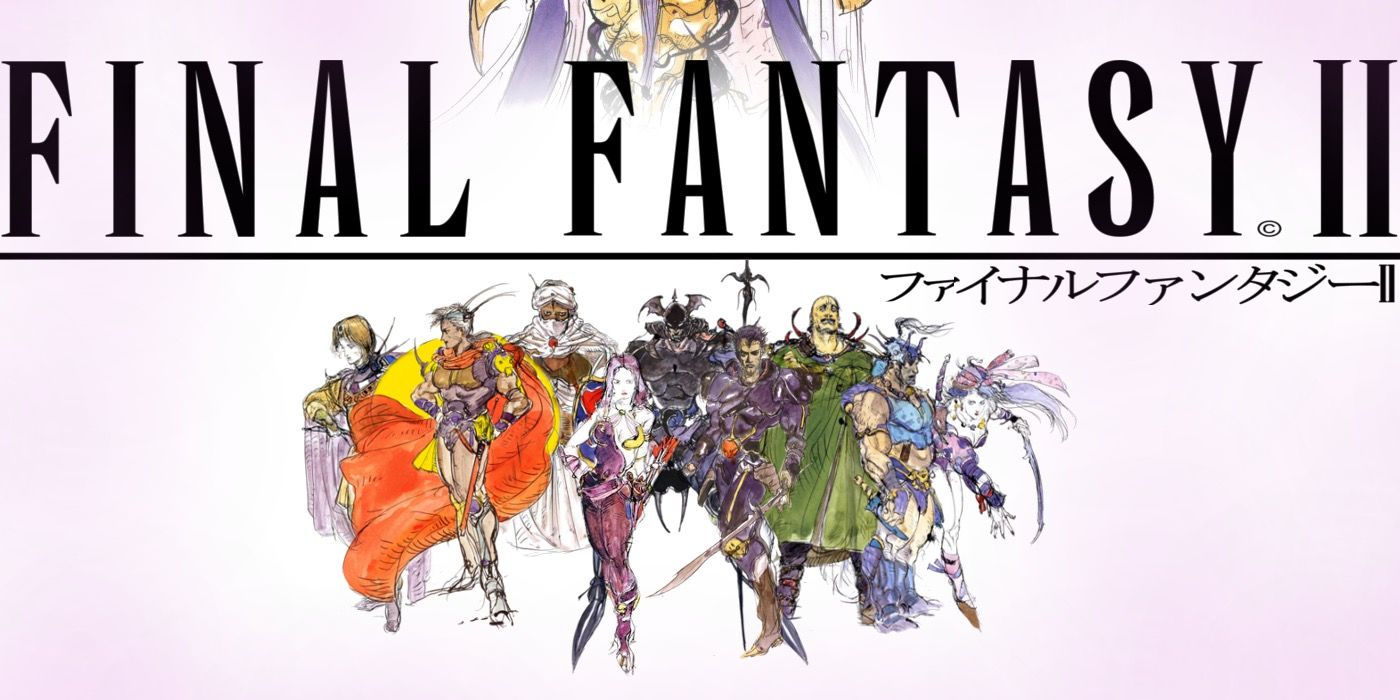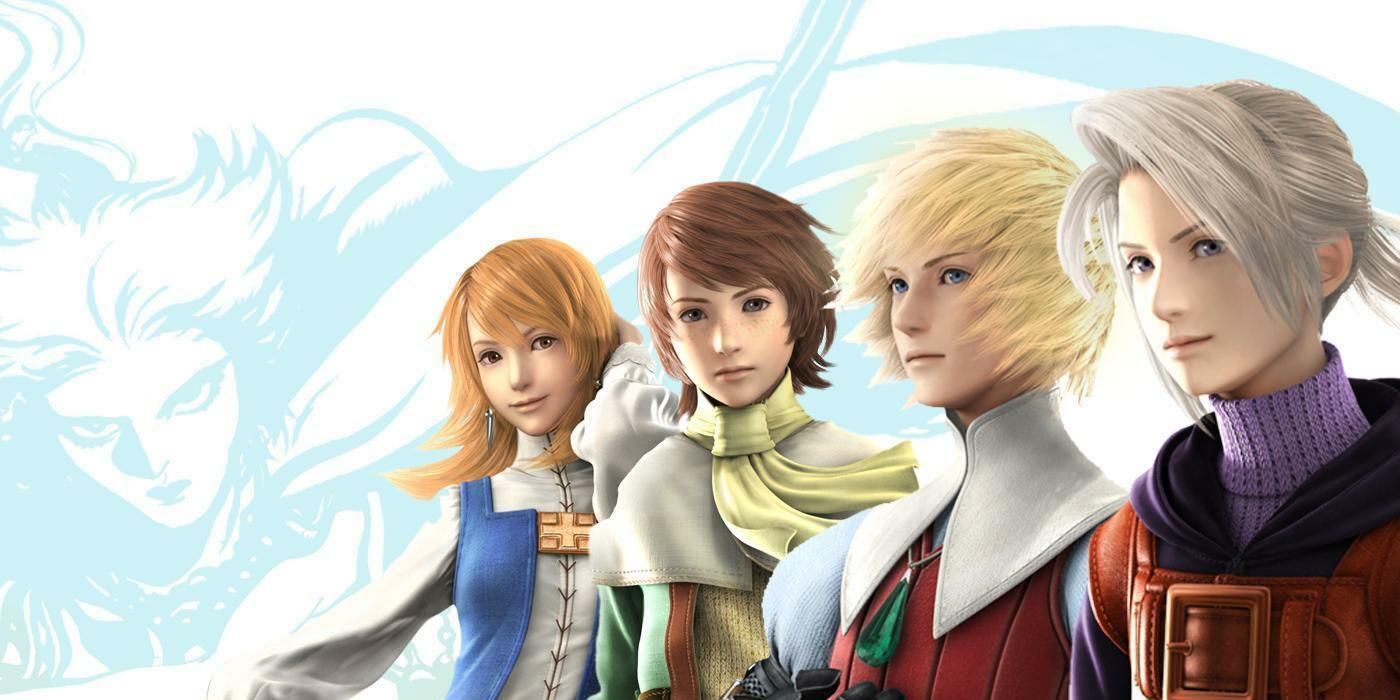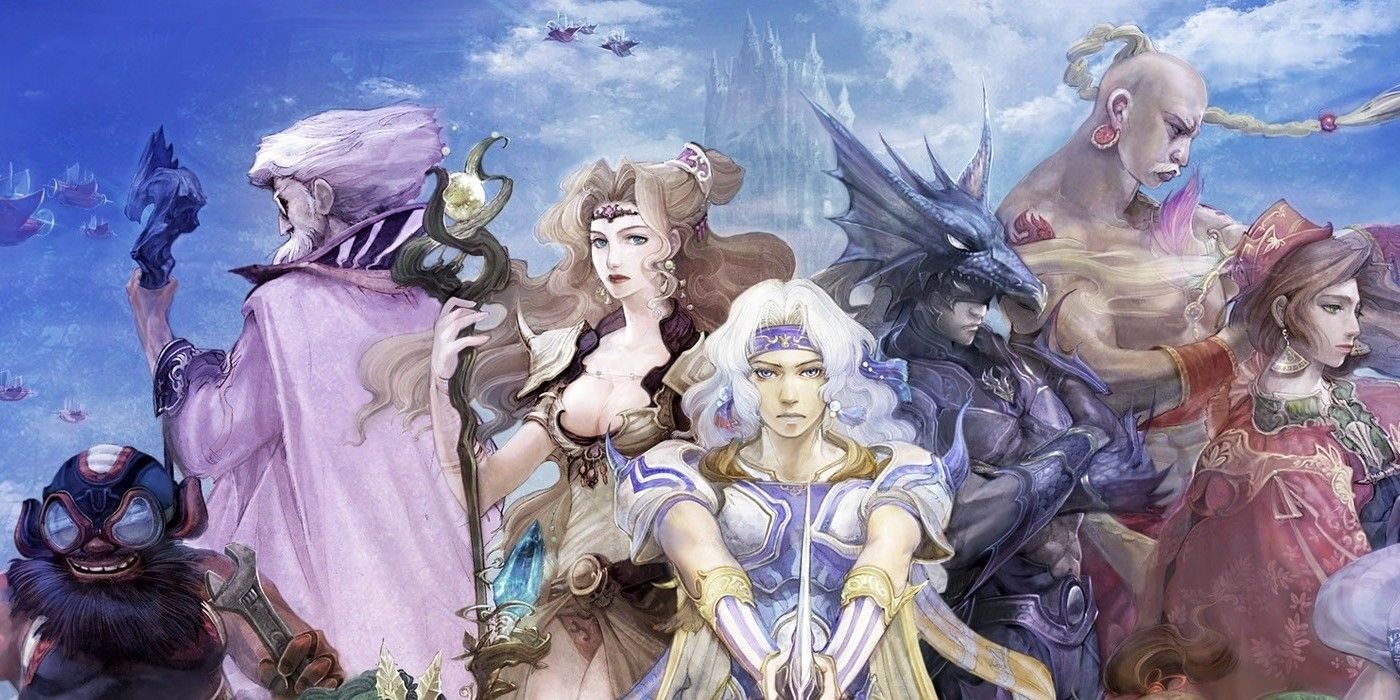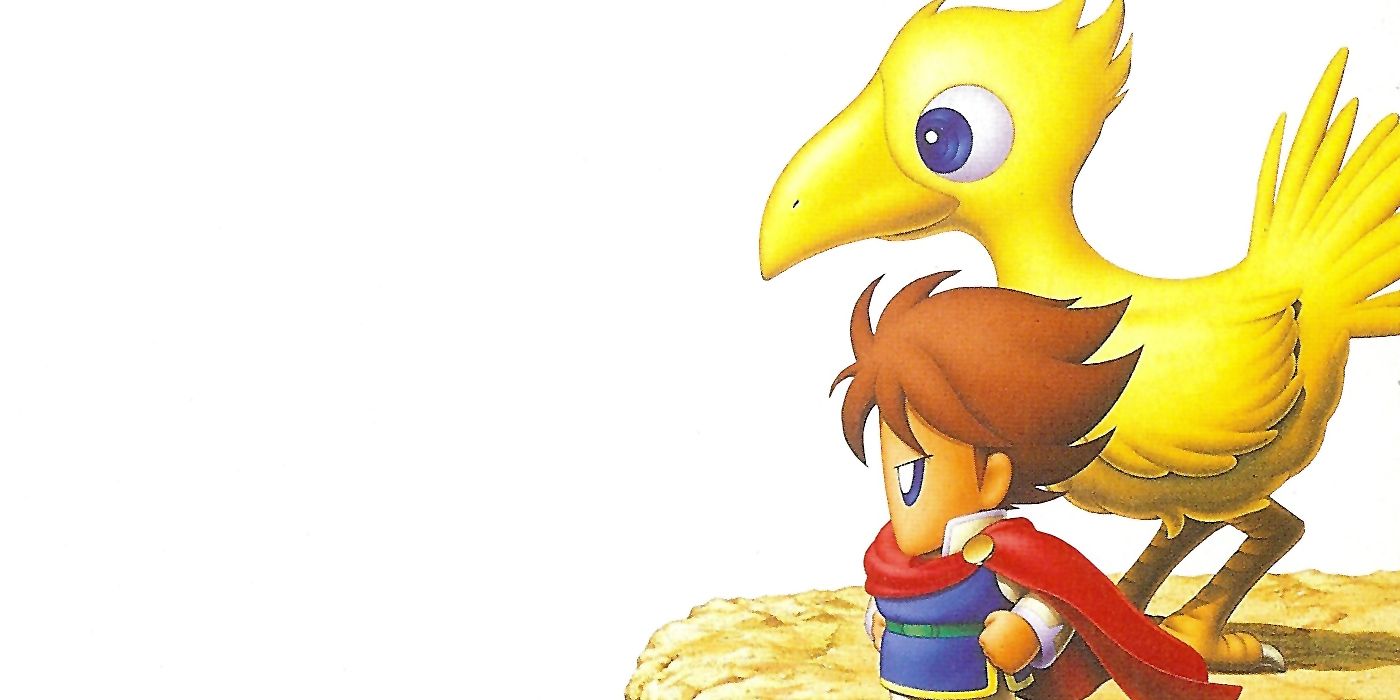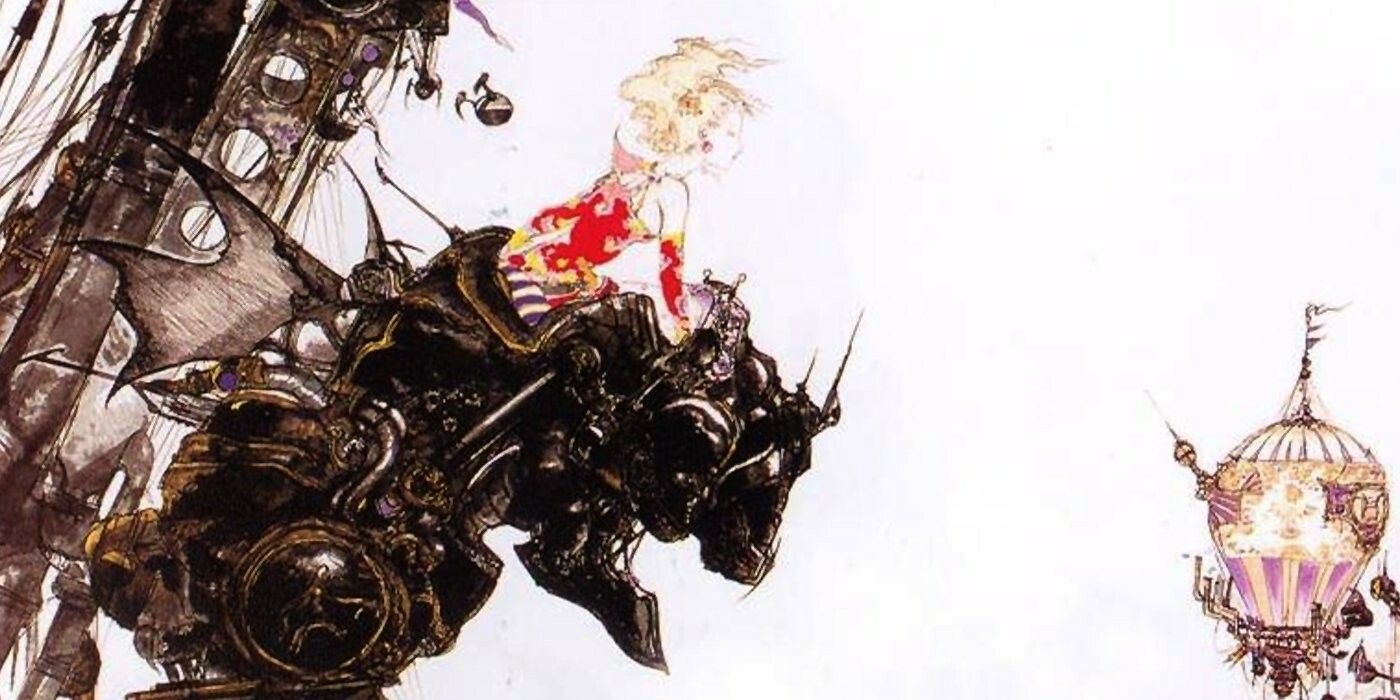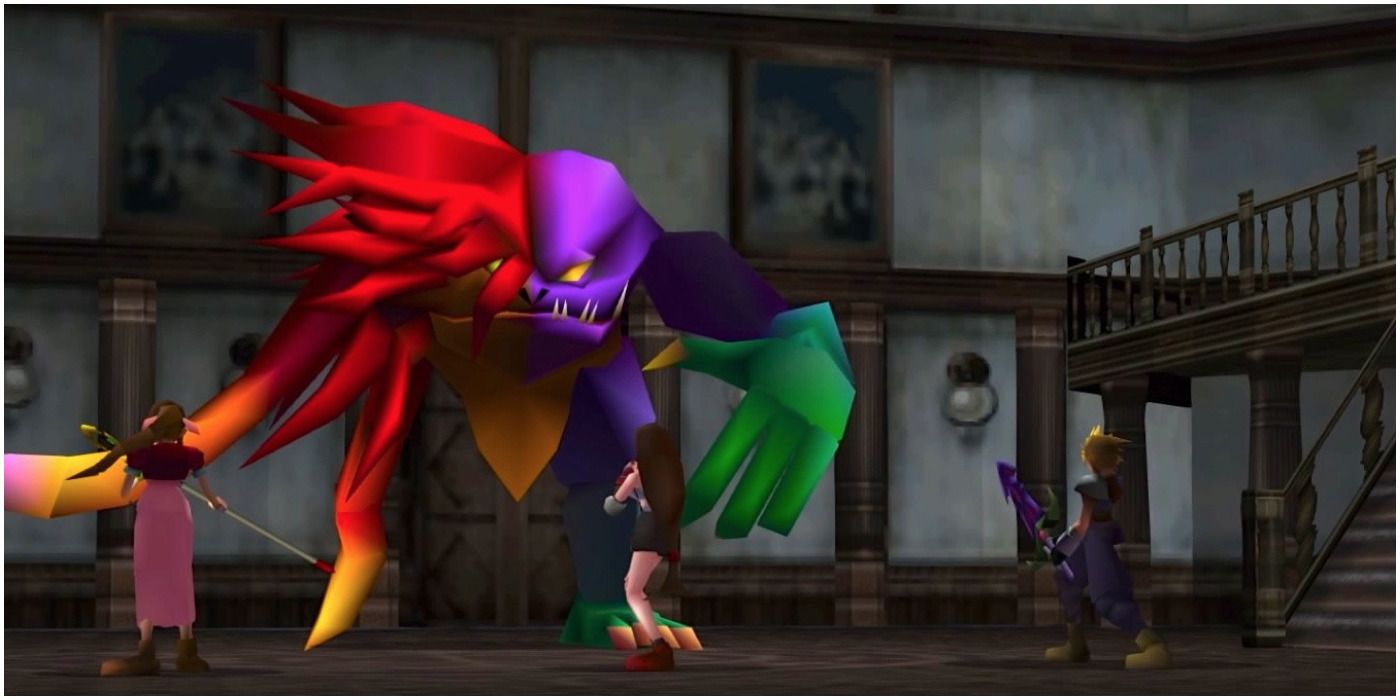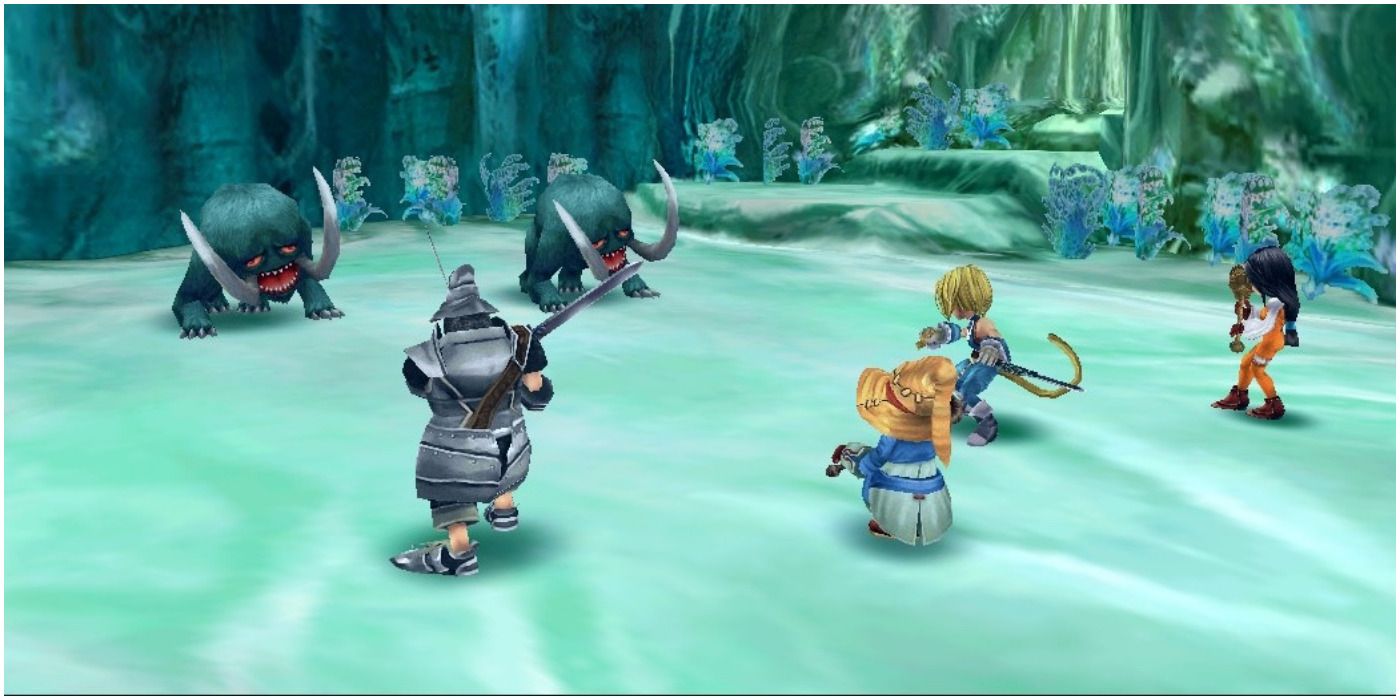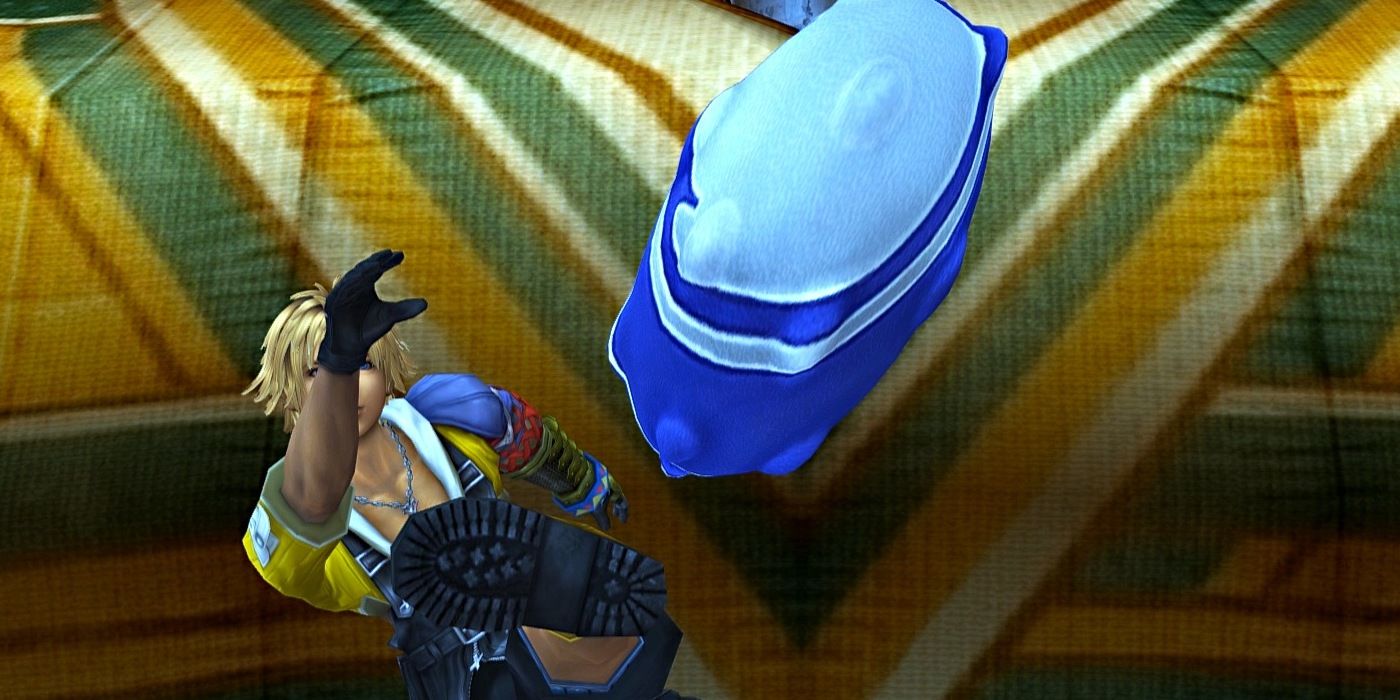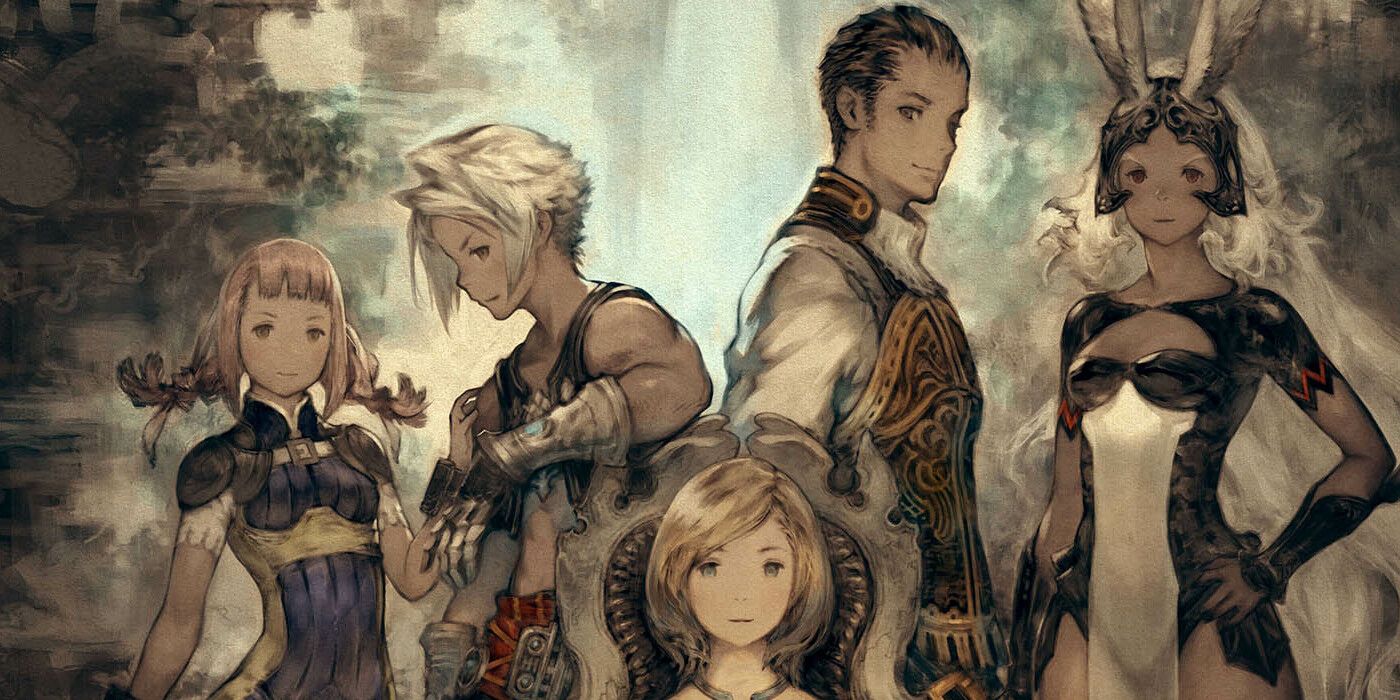The original Final Fantasy premiered in 1987 in Japan, which was just a year after Dragon Quest made a splash, one of the biggest RPGs of all time. Like that, Final Fantasy was also a success that continues to this day. While Dragon Quest has remained more traditional, even up to its eleventh entry, Final Fantasy has prided itself on experimenting past the original's turn-based, by the books, RPG systems.
That is to say the four player party, with optional jobs, and a basic story, has certainly increased in scope over the years. Starting from the second entry, let’s examine where the biggest gameplay evolutions have sprung forth from.
14 Final Fantasy II
This is more like a precursor battle system for what would become the SaGa series. Instead of traditional experience and leveling up, characters would increase stats through usage. For example, if a character got hit a lot, they might increase defense and or HP.
13 Final Fantasy III
This was the first game in the series to introduce a Job system. Otherwise it was more or less like the original game. The only difference was that classes could be changed instead of having to stick with the initial party setup.
12 Final Fantasy IV
Final Fantasy IV was a big stepping stone for many reasons and not just because it was the first Super Nintendo iteration. Instead of random characters, heroes were now more integral to the story and there actually was a more developed narrative for that matter.
For gameplay, said heroes had their own assigned jobs like Rydia as a Summoner. This was also the first game to have five party members for battle. Plus the party was constantly rotating with guests.
11 Final Fantasy V
This operates as a more refined Job system from Final Fantasy III. It had more options, spells, and so forth. With that, plus the more developed story, borrowing from the last game, it made for a robust system and story.
10 Final Fantasy VI
Final Fantasy VI is a bit like the fourth’s approach. Heroes were assigned jobs as one example. There was not only a rotating party, but there were also rotating storylines meaning that players would split off into multiple groups. It’s also the biggest cast in the entire series with fourteen key members. Magicite was also a big introduction. Equipping a Summon, or Esper, is how other characters would learn magic.
9 Final Fantasy VII
Final Fantasy VII was another giant leap forward. Materia was sort of a refined idea from Magicite except that these crystals were no longer associated only with Summons. Final Fantasy VI had Desperation Attacks which were a precursor to the more developed introduction of this game’s Limit Break system. Characters were also not assigned classes.
8 Final Fantasy VIII
Like Final Fantasy II, this game is a bit of an odd duck. The Draw system made players absorb magic, like Fire, from monsters. Instead of MP, casting said Fire would cost one Stock point.
Magic could also be equipped to characters if their Summon, or Guardian Force, had an accessible slot. For example, putting Cure on HP would increase that stat.
7 Final Fantasy IX
This game went back to the fourth’s idea as characters once again had assigned jobs. And like the sixth, the game constantly gave players multiple parties and scenarios to play through in order to better diversify the story. Characters would learn some skills from leveling up, mostly the magic users like Vivi, along with gaining abilities from equipment as well.
6 Final Fantasy X
Traditional experience points were also thrown out the window for Final Fantasy X in favor of AP. AP could be spent in the Sphere Grid which housed not only abilities, but boosts in stats as well. Everyone started at their own end but eventually a character could break their limit and gain power from an adjacent grid. Summons were also more like party members whenever Yuna called them in. Plus normal party members could be swapped at any time during battle.
5 Final Fantasy XI
As the series’ first MMO, it goes without saying that a lot changed for this game. It was online, which featured multiplayer. Battles were fought on the map and were sort of auto-fought. There was a Job system and the list goes on.
4 Final Fantasy XII
Final Fantasy XII was a bit like the eleventh game in that combat was fought on the map in an auto-battle scenario. The big difference with this was the Gambit system. Players could basically right their own line of basic code in order to tweak how party members behaved.
3 Final Fantasy XIII
The auto-battling continued with this linear experience. The one thing most players defend about Final Fantasy XIII are the battles. Paradigms were like Jobs that could be changed on the heat of battle. Doing so added strategy to the more traditional turn-based scenarios. It was sort of like a Devil May Cry approach to the genre what with the constant juggling of classes.
2 Final Fantasy XIV
To boil this game down to its nitty gritty, Final Fantasy XIV is a more refined MMO compared to its predecessor. Final Fantasy XI was a grind to end all grinds. Plus it was not easy to play alone. This game eased up on the difficulty and grind, rewarding players more, and also allowed solo play as a real option.
1 Final Fantasy XV
This was the first main game to feature action combat akin to the spinoff, Kingdom Hearts. It has since bled over into the remake of Final Fantasy VII. Did this game spell the end for traditional turn-based combat in Final Fantasy games? Only time will tell.

